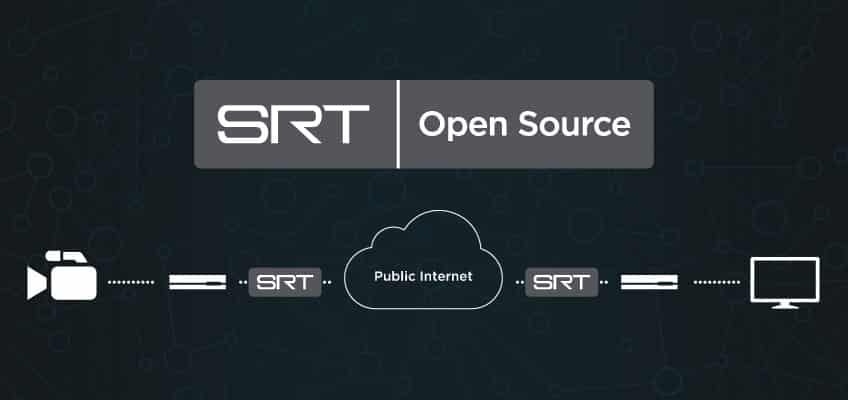According to the latest research, IP video traffic will represent over 82 percent of the world’s internet traffic by 2022. While much of this traffic is for on-demand viewing, live video streaming accounted for the largest global surges in viewership throughout 2018 – up 65% in viewing hours year-over-year.
Skyrocketing Viewer Consumption and Expectations
These surges in video streaming are driven by our insatiable appetite for communication and entertainment. In 2018, during coverage of the U.S. midterms, the World Cup, NFL Football, and the Masters Golf Tournament, double-digit spikes in streaming consumption were recorded.
In a hyperconnected age, FOMO is real. Viewers want more live content and expect to be able to access it anywhere, anytime and on any platform. They want to be able to keep up with breaking news stories, the latest current events and their favorite sporting events in real-time. Accustomed to a traditional TV experience, viewers have little patience for lag or poor quality video and with more choice than ever, they’re quick to abandon a bad viewing experience.
Video Over IP is Changing the Game
To meet this rapidly rising demand and compete for viewer attention, broadcasters are having to rethink the way they produce and distribute their content. This means exploring more cost-efficient means of transporting and distributing content effectively without sacrificing the pristine quality that viewers have come to expect.
Increasingly, broadcasters are turning to the public internet for live video transport applications like remote contribution, live interviews, return feeds and backhaul as an alternative to traditional costly and inflexible methods such as satellite or other network infrastructure.
However, internet-based video transport is fraught with challenges and subject to a slew of obstacles including bandwidth fluctuation, packet loss, jitter, latency and security which all impact the quality and reliability of video.
Enter Secure Reliable Transport (SRT).
Turning Obstacles into Opportunities
Specifically developed to address these obstacles, SRT is an open source protocol and technology stack designed to make low-cost, readily available internet connections secure and reliable for low latency, HD video transport. It brings together encryption, packet loss recovery, and network awareness so that video and other traffic can cross noisy, public networks like the internet.
Endorsed by a growing community, including industry giants like Avid, MediaKind, and Microsoft, along with adoption by open source community initiatives VLC, GStreamer and Wireshark, SRT is fast becoming the de facto low latency video streaming standard in the broadcast and streaming industries.
Here are 5 reasons why SRT really shines for video over IP broadcast workflows:
#1 It’s Media Agnostic
Unlike some other solutions that only support specific video and audio formats, SRT is audio and video format agnostic. This means it can transport any type of codec, resolution or frame rate. This is important because it can future proof workflows by working transparently with MPEG-2, H.264, and HEVC as examples.
#2 It’s Fast
SRT’s stream error correction is configurable to accommodate a user’s deployment conditions. Leveraging real-time IP communications development to extend traditional network error recovery practices, SRT delivers media with significantly lower latency than TCP/IP, while offering the speed of unreliable UDP transmission without the disadvantages (i.e. packet loss).
#3 Simplified Integration
SRT is a compact, self-contained library with optimized processing and memory footprint, allowing for ease of integration into a variety of applications running on a range of platforms from embedded systems to cloud solutions. With an enthusiastic and rapidly growing community, many hardware and software-based solutions from IP cameras, encoders, and decoders, to gateways, OTT platforms, and CDNs now support SRT. Because these systems rely on the same underlying code base, interoperability is simplified.
#4 It’s Open Source
There are of course several other closed, proprietary systems that have been developed to deliver contribution-quality video over the public internet, however, these solutions are often costly and inflexible, preventing end-users from exchanging content with others who don’t use the same brand of equipment. Being open source both encourages widespread adoption of the SRT protocol and helps to ensure both interoperability and longevity for end users while avoiding vendor “lock-in”. It’s collaboration at its finest.
#5 It’s Firewall Friendly
No modern organization allows corporate systems to have unrestricted access into or out of the public internet. Firewalls protect private network devices such as PCs and servers from unwanted external connections and attacks. Provisioning multiple streams across unknown networks can be a challenge. This is exemplified when trying to get a stream out from a remote event and attempting to traverse the location’s unknown firewall. The handshaking process used by SRT supports outbound connections without the need for dangerous, permanent exterior ports to be opened in a firewall, thereby maintaining corporate security policies and minimizing IT intervention.
Did you know that Haivision is the original developer of SRT or that SRT is included for free within the Haivision ecosystem of solutions?
Want to learn more? Discover how broadcast heavyweights like Comcast, NBC Sports and Microsoft are harnessing the power of SRT in their broadcast workflows. Find out more.

